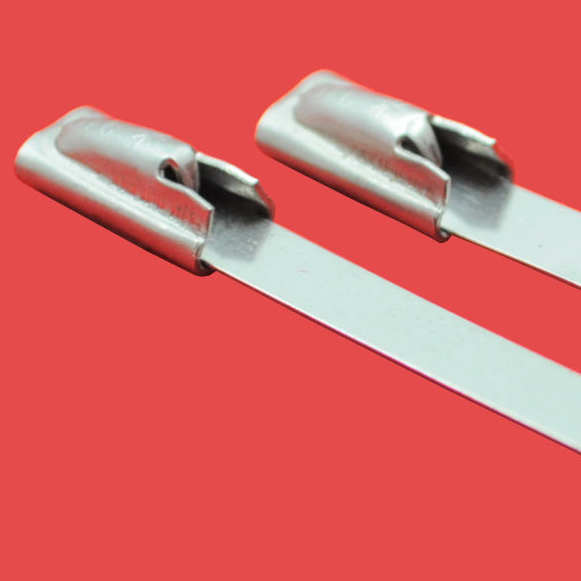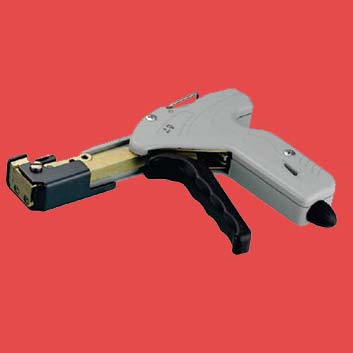How to use Stainless Steel Cable Ties
Using Stainless Steel Cable Ties
When supporting very heavy loads Stainless Steel Cable Ties are a great choice. As you can see below they are capable of supporting much higher loads than the nylon equivalent. Don’t forget that the values shown are per tie. Once you start using multiple ties you can support much greater weights.
Stainless Ties are totally smooth on both sides. They do not have the ridged surface on the underside making them harder to grip by hand. While it is certainly possible to do these ties up by hand it will quickly become tiring and you may not be able to get them as tight as you would like.
One method is to use a good pair of Pliers to pull the tail of the tie. This will help get the tie tighter than if pulled by hand. However, it is likely that no two ties will be tightened to the same level. In addition the tail of the tie will need to be removed.
The best method is to use a Stainless Steel Cable Tie Gun. These devices will pull the tie to a pre-determined tightness and remove the tail, leaving no sharp edges. If you are going to be applying multiple cable ties this is definitely the best method to use for speed and comfort.
Why Use Stainless Cable Ties
If you are looking for a cable tie that is better able to withstand weather (100% UV resilient) , chemical attack, a greater range of temperatures and physical damage then choose Stainless Cable Ties. Of course, being stainless they will not rust or stain.
Something to be aware of is that you should never use Stainless Steel Cable Ties in situations where they come into contact with galvanised steel. This is because the two will react with each other. There are coated Stainless Ties available to combat that issue.
Material: 316 Stainless Steel
- Sea Salt resistant
- Corrosion resistant
- Weather resistant
- Chemical resistant
- Flame resistant
Temperature Operating Range: -80°C to +538°C
| Tensile Strengths | |
|---|---|
| All 4.6mm wide ties | 89kg |
| All 7.9mm wide ties | 160kg |


